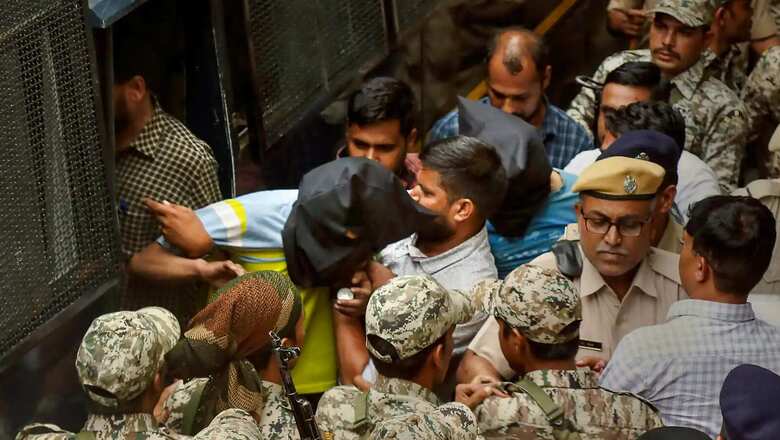
views
Wednesday, June 29, 2022, would go down as a black day in the contemporary history of Rajasthan. It was on this day that a small-time tailor, Kanhaiya Lal, received two customers in his modest shop for measurements, little realising that they were the predators who were stalking him for quite some time.
These two fake “customers” overpowered Kanhaiya Lal, stabbed him mercilessly, and attempted to behead him at the same time. Thus, Riyaz Akhtari and Ghaus Mohammad succeeded in carrying out their open threat, in spite of the local police being aware of the grave threat to the deceased.
The ghastly crime did not end here: The two shot a video of the butchery, went home and brazenly announced their crime on the video; they also audaciously threatened Prime Minister Narendra Modi of the same fate!
Kanhaiya Lal had allegedly supported Nupur Sharma, the dismissed BJP spokesperson, on a WhatsApp post. Later, he not only apologised but also explained that he was unfamiliar with the working of his Android mobile phone and his eight-year-old son forwarded it inadvertently.
This, however, was not taken kindly by Riyaz Akhtari and Ghaus Mohammed, who threatened Kanhaiya Lal with death; the petrified victim approached the local police and complained in writing on June 15 that he apprehended grave danger to his life. The police had also received a complaint from the opposite side about the WhatsApp forward in question; Kanhaiya Lal was arrested and produced before a magistrate who released him on bail.
Kanhaiya Lal continued to receive threats. When he again complained, the police summoned both parties on June 19-20 and managed a settlement; cops made no efforts to check the antecedents of the aggressors, nor were they challaned under Sections 107and 116(3) of the CrPC, which is done as a matter of routine under these circumstances to book those who can in future indulge in violence or breach of peace.
Had their antecedents been verified, it would have emerged that they were highly radicalised individuals, in constant touch with one Mujeeb who had close links with the ISIS and was subjected to prolonged interrogation by the police in the past. These two were also associated with Dawat-e-Islami of Pakistan, attending their online programmes; they had visited Pakistan twice in 2013 and 2014 and Saudi Arabia as well via Nepal. These activities should not have gone unnoticed.
In recent times, serious communal riots took place in Karauli, Alwar, Jodhpur and Bhilwara districts of Rajasthan; there was also a PFI rally in Kota. These were significant developments and should not have been swept under the carpet. These incidents would reinforce the allegations that the administration was soft on the primary aggressors and the accused because of vote-bank politics. Clearly, they have sown the wind and they are reaping a whirlwind in the form of consequent disturbances by way of universal criticism, communal disturbance and rioting.
The major fault lines in the entire episode emerge from ground level policing. Police had advance information regarding the animosity between the two parties, but they chose to detain the victim rather than aggressors.
The government boasted of suspending an Assistant Sub-Inspector for this lapse, but no action was taken against seniors, such as the Station House Officer and the DSP, who were informed by the deceased on 15 June, while on bail, that he was receiving death threats on phone.
The deceased was persistently stalked, harassed and bullied to close his shop for days together; yet, no police assistance or protection was provided. No preventive action was taken against the aggressors. The conclusions and the implications are obvious: That the police chose to look the other way and let the maniacs perpetrate their crime and get away with murder literally and metaphorically!
The NIA and the local police would do well to thoroughly interrogate the two murder accused, using all possible tools of investigation such as the Polygraph and Narco Analysis Tests to verify their association with the ISIS, ISI, and other undesirable and criminal elements.
Another aspect is in respect of any funding that could have been provided, as also the circumstances leading to their radicalisation and abject perversion. Sources say that both were addicted to videos from Dr Zakir Naik and ISIS killings. They even managed to get a customised machete of virgin steel. The two videos were made at the behest of their handlers so as to propagate them and use it for further radicalisation. One can gauge the level of their radicalisation from the fact that Riyaz got “2611” as the registration number for his two-wheeler, matching with the 26/11 Mumbai attack, after paying the extra fee of Rs 5,000!
Under these challenging circumstances, a resolute nation must rise to the occasion, and give a befitting reply to the fundamentalist and fringe elements of all communities and sections. Radicalisation and radicals have no place in democratic India. Kerala Governor Arif Mohammed Khan has been outspoken on these matters. His priceless advice on the working of madrassas and their teachings and pedagogy have long-term ramifications for Indian society and a course correction is imperative.
Obviously, there are no quick-fix solutions to this festering disease which not only has been ignored but also aggravated by vested interests, and further compounded by vote-bank politics. Today, the options are limited — there has to be zero tolerance against communal elements and those trying to vitiate public peace. Those responsible for such crime must be put through fast-track courts and dealt with expeditiously.
The writer is a former Director-General of Police, Uttar Pradesh. Views expressed are personal.
Read all the Latest News, Breaking News, watch Top Videos and Live TV here.















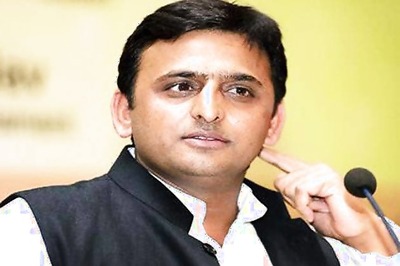
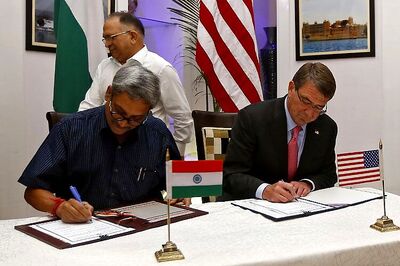
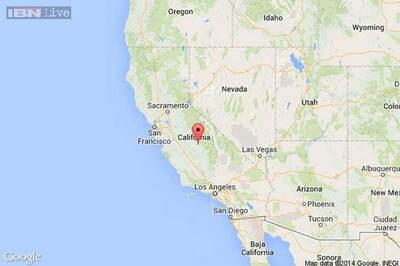
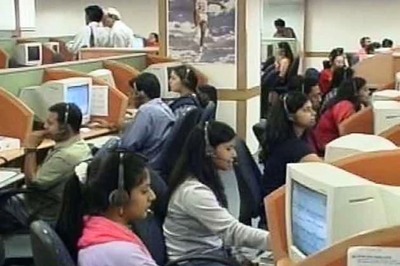
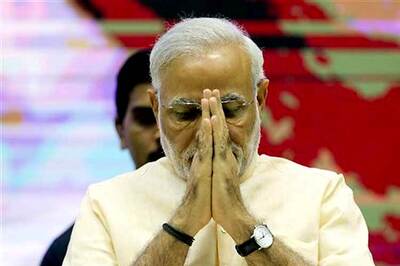
Comments
0 comment